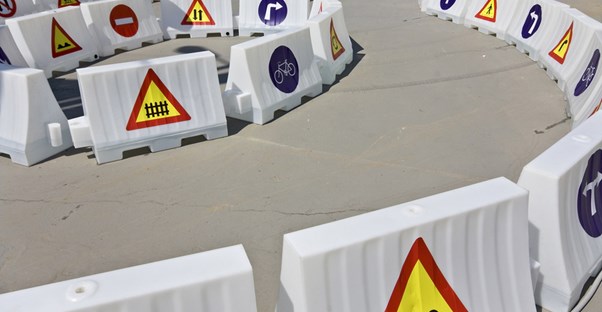For many people, earning a driver’s license is the first step toward adulthood, that first glimmer of independence. But it doesn't just magically happen. You have to devote weeks, or even months, to preparation and practice. The best way to do this is through a drivers education program, but there are so many options these days. Where do you start? Let’s look at some of the most frequented methods, and why people keep coming back to each.
High School Course
If it’s available to you, this is usually the easiest option. If you’re a teenager learning to drive, you can get practice during the school day instead of adding one more hassle to your already overflowing schedule. You get to study driver’s education with your friends and work with professionals who are willing to help you, all while earning credit toward your diploma. It’s hard to beat that. In most high schools, there’s a minimum age requirement for enrolling in a driver’s education course, which is usually the age at which your state allows people to get their learner’s permit.
DMV Class
The Department of Motor Vehicles oversees all things pertaining to transportation. This includes helping students prepare for their driving exam. The main benefit to studying driver’s education through the DMV is that they are the ones who create and administer the test. This means they know what will be asked of you so they can give you a better idea of what you need to study than some of your other options. Classes are typically held at night, so that people who work or go to school will be able to work around their busy schedules.
Driving School
While this is more popular in big cities than in rural areas, driving schools have steadily made their way across the country. Private business owners hire experienced drivers to show students the ropes. Driving school instructors are often former or current taxicab drivers, so they know how to deal with most issues that can arise when behind the wheel of a car. Many of these schools offer a six-week or 10-week option, so that you can be on the road as soon as possible. This is definitely the option that will give you the most hands on experience, so it is great for kinesthetic learners.
Online Drivers Education Program
The most flexible option, online driver’s education programs allow students to work at their own pace so they can choose the study method which works best for them. Online programs are usually a little cheaper than classroom road safety course, so you can use those extra dollars to go toward your new set of wheels. These classes usually take a more in-depth look at the specific rules and regulations of the road, rather than the actual physical practice of driving. With a variety of electronic techniques, students will have an easy time memorizing the transportation laws enforced by their state.




